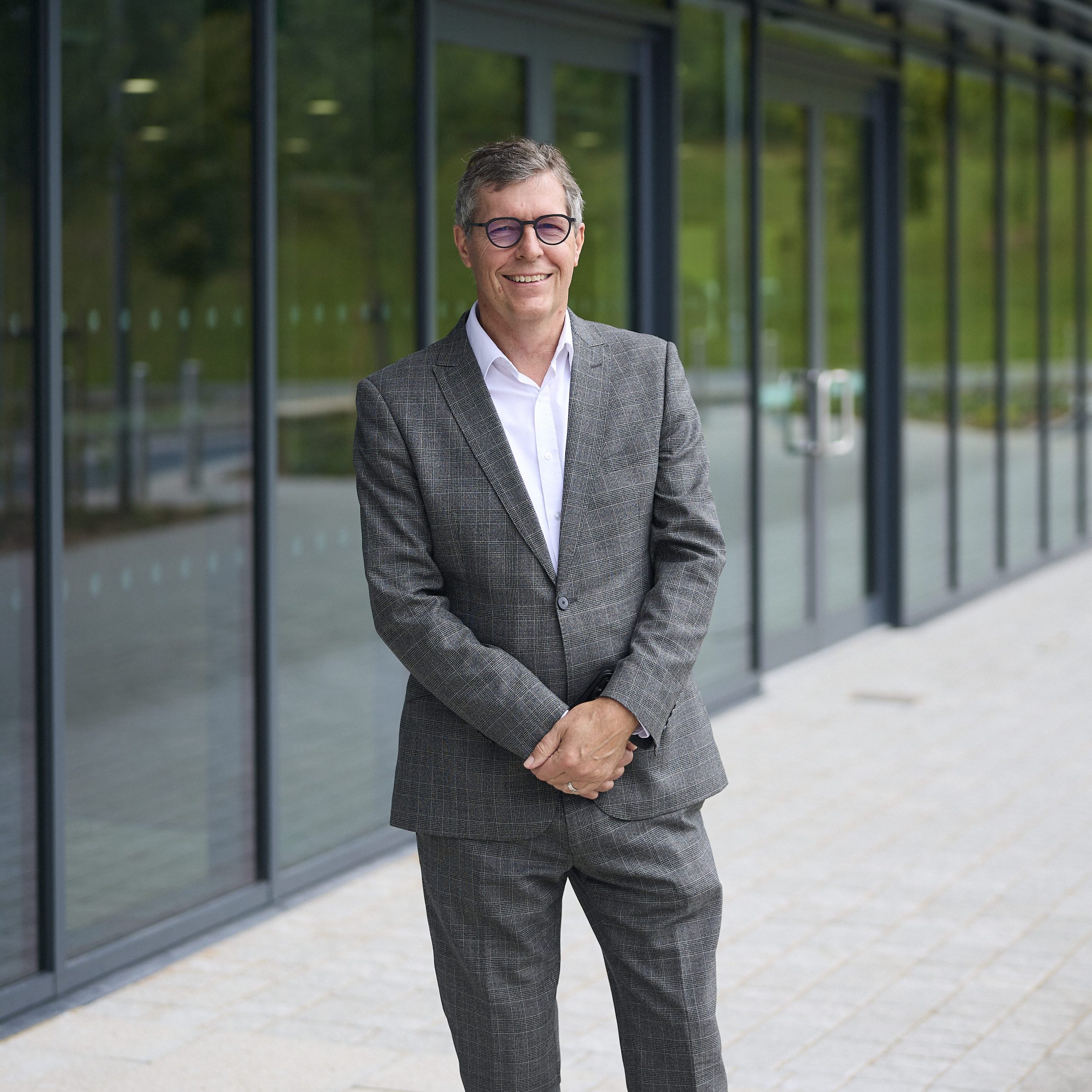In an exclusive interview, Mark Hitchman, Canon Medical Systems UK’s Managing Director, discusses the ‘Made For Life’ philosophy, emphasising partnerships, innovation and patient-centric care in shaping the future of healthcare technology.

In the context of advancing technologies, what do you believe are the most significant challenges and opportunities currently facing the health technology industry?
When it comes to challenges on a global level, supply chains have struggled to bring new technology from concept to product and then develop and deliver those products quickly. When it comes to technology itself, how quickly we can adapt to a fast-moving environment in healthcare is important.
Productivity is key for most healthcare these days; the need to see more patients per day with the same resources. We know that it’s an opportunity and a challenge for us that populations are broadly, certainly in Western economies, living longer so you’ve got an exponential rise in the healthcare demands. As a healthcare technology provider, we are expected to deliver more for less in productivity and ease of use. We’ve got to make our systems easier and more instinctive to use.
Explain how Canon Medical’s ‘Made For Life’ philosophy influences the company’s approach to partnerships, patient care and the development of new technologies.
Our philosophy ‘Made For Life’ is that we’re making products that save lives. We aim to enrich all the lives that we touch with our partnerships, we always want to add more value than we take out and those partnerships can be with hospital institutions or educational institutions, like universities, because we value all frontier knowledge.
That ‘Made For Life’ philosophy is about the integrity of our decision-making, that we’re always putting as much into the pot as we’re taking out and at the end of it, we’re trying to create lifesaving and life-prolonging solutions that hit that mark.
Can you share a pivotal moment or experience in your career that significantly influenced your leadership style and approach to the healthcare technology sector?
I was a healthcare professional for 10 years and I was once a customer of this company. I’ve been on the frontline with patients and know that when machines like CT scanners become unavailable, due to technical faults, which can happen that three in the morning, and there’s been a major trauma can be a difficult experience. The epicentre of that because a CT scan is a triage tool, patients journey into a hospital and are triaged to perhaps an operation, recovery or even discharge.
As I have triaged patients in that space, I have witnessed that diagnostics doesn’t work well all the time. In knowing what patients need and comprehending the stresses, pain points and challenges, as well as how important it is that technology works, I’ve worked to ensure high uptime and swift engineering support, reducing wait times for spare parts from days to hours.
I’ve always conveyed to the team that while you might not have a background in healthcare like mine, we’re all part of this journey together.
I’ve structured the company to be responsive, ensuring round-the-clock service availability. Our engineers are on call seven days a week, even on occasions like Father’s Day, and they’re prepared to work through the night if necessary. One of our strategic projects involves addressing machine issues remotely on the first attempt by logging in, regardless of whether the machine is 100 or 500 miles away, as it’s often a software problem. Our engineers, in conjunction with our call centre, promptly log into these machines when a customer reports an issue preventing their operation. We aim to troubleshoot and resolve the problem swiftly, and outside of logging and attending to it, we’ve achieved an impressive success rate of about 90%. So, prioritising efficiency, we’re continually setting and striving to exceed targets for improved performance in the future.
Do you feel it helps to have such a vivid experience in the NHS machine?
You’d hope so. It’s said that it would be unique to have been in this space, but for others, it’s a bit like trying to run a Formula One team when you’ve never driven a car, it’s easier to have breathed and felt the frontline experience to understand how it is for patients and staff and identify the optimal areas desperate for a breakthrough. Yeah, it’s an advantage.
With over a century of medical imaging expertise, how does Canon Medical ensure its team stays updated on the latest advancements in technology and healthcare practices for continuous improvement?
One thing that is for sure is our space is so complex it’s very difficult to do anything alone. You always need three or four partners for any project to deliver a full solution.
We strive to stay topical, with many of us attending educational events, for example, the Radiological Society of North America meetings with the European Congress of Radiology. Many of us attend these lectures, to see what’s going on clinically and understand the challenges doctors are trying to solve.
We can now go to patients who might have been told there’s nothing more that can be done for them medically, and offer another step forward, armed with new technology. One example of this would be the X-ray C-arms we provide to cardiac ‘cath labs’ providing real-time X-ray screening. A heart attack can be fatal, and a stroke can be life-changing but with devices under the X-ray control of these big complex rooms that we provide you can go in and retrieve the clot and that patients avoided a major catastrophe.
Looking ahead, what emerging trends or technologies do you foresee playing a pivotal role in the future of diagnostic medical imaging?
Artificial Intelligence, everybody’s talking about it, and we’ve been delivering it on our machines for five years to improve image quality. We can use a lower radiation dose in CT scanners, for example, because the AI removes the noise from the image, resulting in the image always looking amazing.
Then there’s AI that manages workflow. Has this patient got a serious disease that needs urgent attention? If so, AI can prioritise workflow to the doctors spread across a multi-1,000-bed hospital.
Then there’s AI that supports decision-making, which is programmed to look for certain diseases from scanner images, bringing it to the attention of the doctor who will make the final decision. This also potentially reduces error rates.
That’s the tech in the headlines but other areas are also really important, such as easier-to-use machines. There’s a paradox that as machines become more complicated with extra functions, they should become easier to use. In the same way that 10 years ago an SLR camera, you might want to go on a course to learn how to use it and now you can point your iPhone at something and make you look like a pretty good photographer straight off the bat. We want to get to the stage where the machine can work out what settings you should be using and it’s for you to agree or disagree with it.
That’s something that we’ve started to deliver with the Instinx platform and user interface, with the first utilisation in Bournemouth Hospital, UK, being extremely well received.
Click below to share this article

